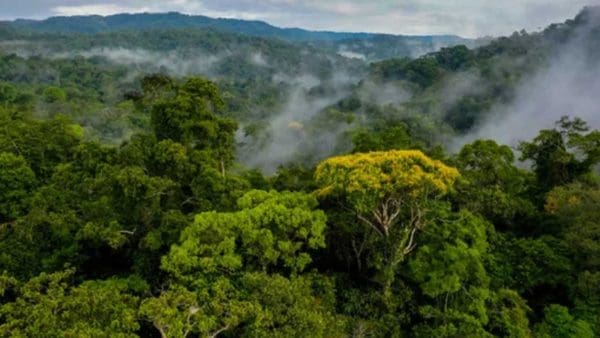
[Photo: Thomas Cooper]
The irony doesn’t escape Stephen Greenspan ’62, an expert on cons and gullibility. In 2009, he lost a good chunk of his retirement savings to one of the world’s best-known con men: the late Bernie Madoff.
Greenspan was among the 4,800 victims of Madoff, an investment advisor and financier who pled guilty in 2009 to fraud in a $64.8 billion Ponzi scheme. Greenspan learned about his own financial losses two days after getting the first copy of his recently published book, Annals of Gullibility: Why We Are Duped and How to Avoid It.
Greenspan didn’t plan on pursuing a career researching cons and gullibility. When he was accepted to Johns Hopkins for his undergraduate studies, he had his mind set on a liberal arts degree. He didn’t even know much about Johns Hopkins at the time.
A casual comment by his high school guidance counselor brought Greenspan to Baltimore from the Bronx, where he grew up. During his junior year, he went to the counselor to discuss where he should apply to college. It would be their first—and only—meeting. The counselor abruptly dismissed Greenspan’s Ivy League aspirations, randomly flipped through Lovejoy’s College Guide, stopped at “J” and told him, Johns Hopkins was “a really good school, and we only send one or two students a year there.”
Those first tentative steps began a winding career path from history and political science as an undergraduate, postgraduate work in intellectual disabilities, and research work in Boys Town in Nebraska to his present status as an author on avoiding financial scams. He spent much of his career as a professor of educational psychology at the University of Connecticut. In addition to research articles and Annals of Gullibility, Greenspan has written Anatomy of Foolishness: The Overlooked Problem of Risk-Unawareness, and is working on a new book, Gullibility Politics: Understanding Trump and Trumpism. He is also a leading authority in capital punishment cases involving those with intellectual disabilities.
Once you enter the world of a skilled con artist, it’s difficult to keep from becoming further ensnared.”
—Stephen Greenspan
So how did Greenspan, too, fall for the Madoff financial scam? He points to four factors that combine to form the perfect storm of gullibility and financial loss: situation, such as witnessing friends, family, or people you trust believing in the scheme; cognition, meaning the ability to understand and evaluate the scheme (Greenspan admits to not being a financial expert); personality, or having a disposition such as impulsivity or a tendency to be too trusting; and emotion, such as feeling relieved that one’s financial future is secure.
“Once you enter the world of a skilled con artist, it’s difficult to keep from becoming further ensnared,” says Greenspan.
The best way to avoid being gullible in a financial scheme, says Greenspan, is to look for warning signs and take them seriously. And if someone does become a victim of a con, Greenspan says the most important thing is to learn from it, figure out why it happened, and then make sure it doesn’t happen again.
“Foolish financial decisions do not always take place in response to a manipulator such as Bernard Madoff,” says Greenspan, “but when they do, many quite intelligent people can be victimized, especially when others they respect and trust have also fallen into the manipulator’s trap and have not yet found out what it really is.”




